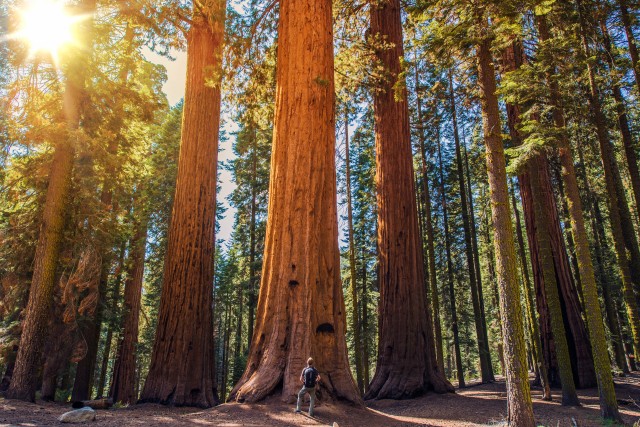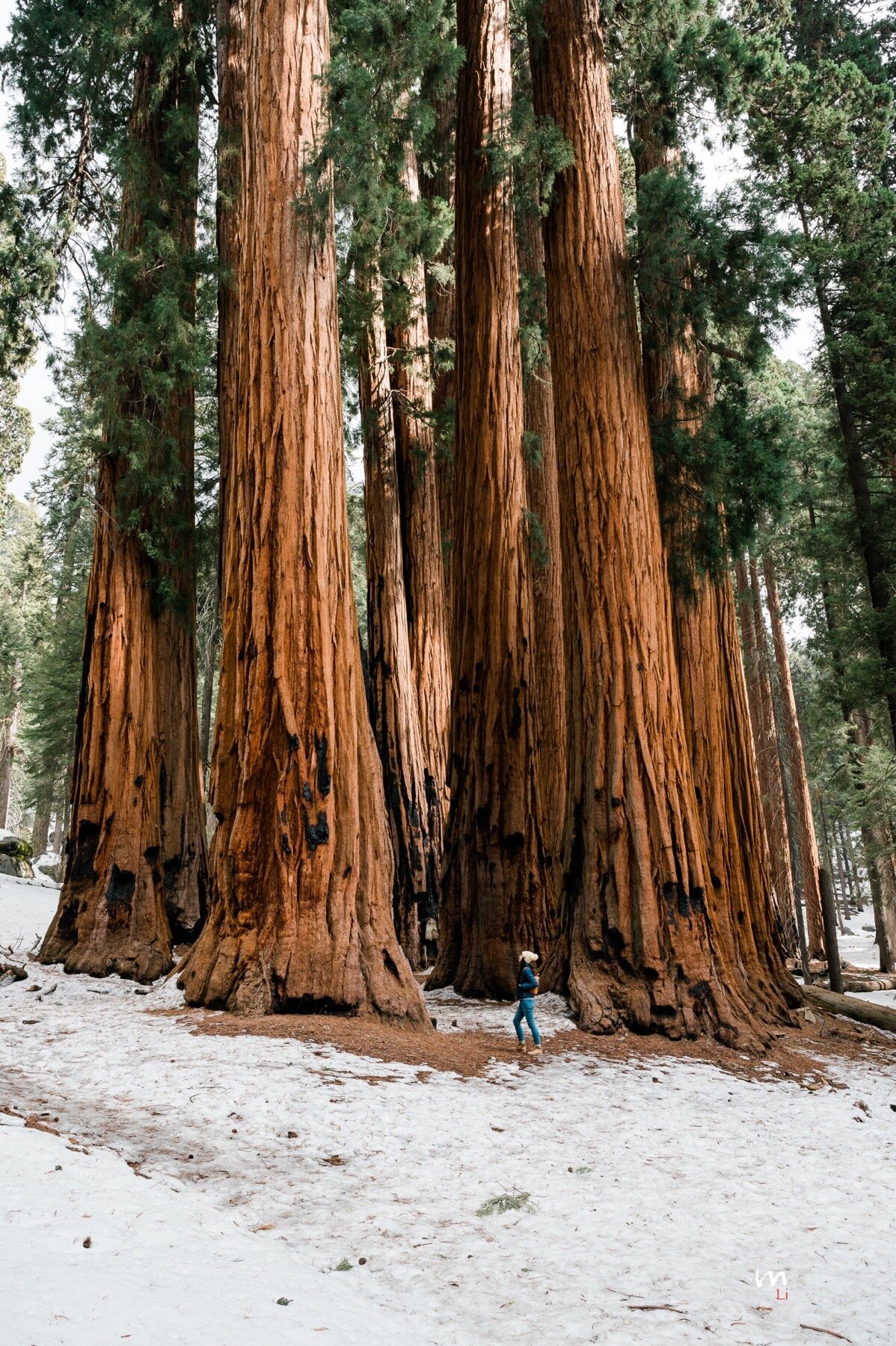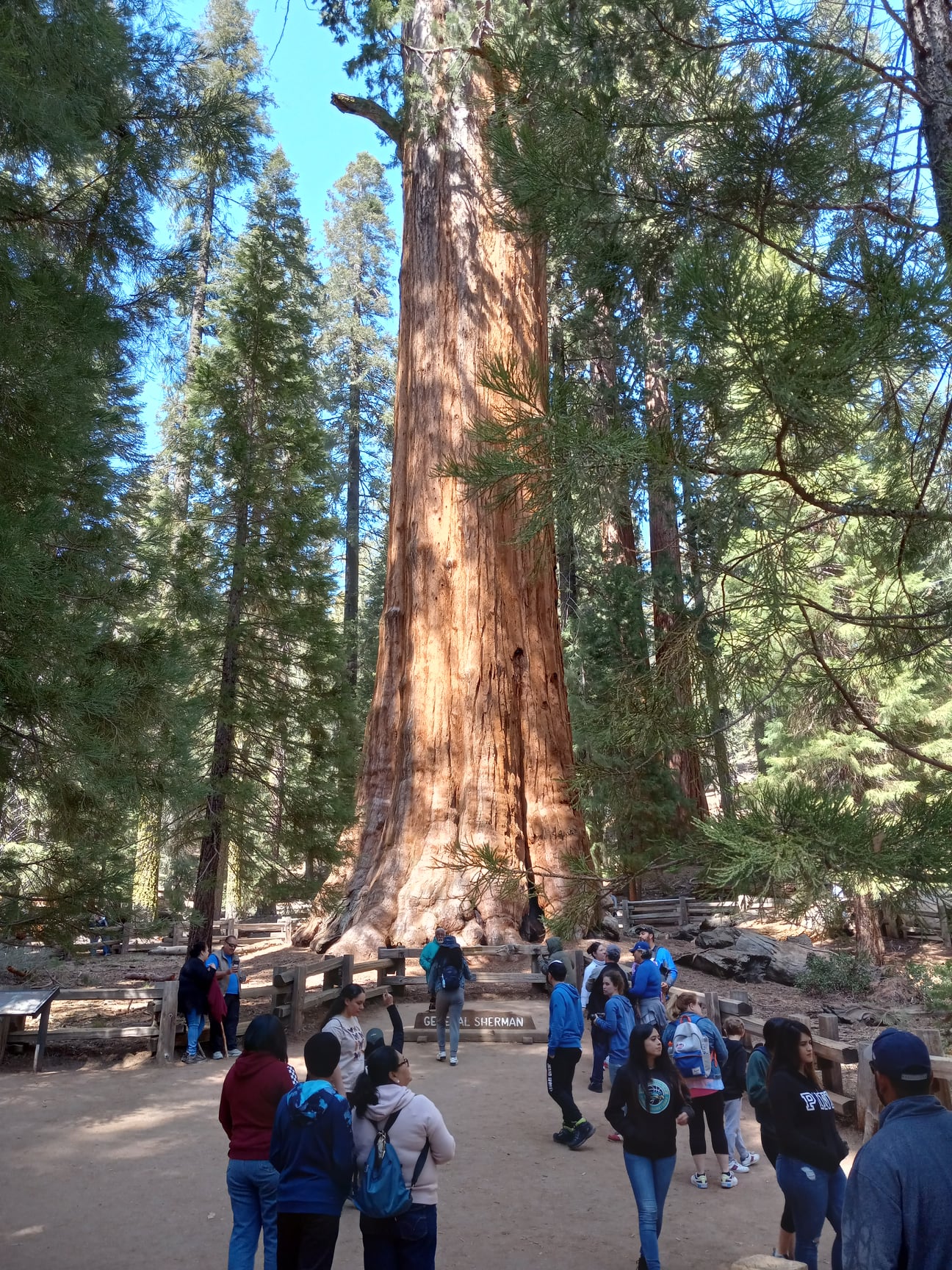Sequoia National Park Entrance Fee-- Price of Admission and Passes
Sequoia National Park Entrance Fee-- Price of Admission and Passes
Blog Article
Explore the Diverse Wild Animals Habitats Within Sequoia National Park
Sequoia National Park is an eco-friendly treasure, showcasing an excellent range of wild animals environments that add to its rich biodiversity. From the stunning giant sequoia woodlands to the diverse alpine fields, each environment plays a vital role in sustaining different types, consisting of both typical and rare animals.
Introduction of Sequoia National Forest
Sequoia National forest, nestled in the southern Sierra Nevada range of mountains of California, is renowned for its spectacular landscapes and looming giant sequoias. Developed in 1890, it is among the oldest national parks in the United States, committed to maintaining the all-natural elegance and environmental stability of this unique region. The park encompasses over 404,000 acres of diverse terrain, featuring stunning hills, deep canyons, and rich fields.

Site visitors can discover countless hiking routes, ranging from leisurely walks to difficult backcountry courses, each using an one-of-a-kind perspective of the park's splendour. With its combination of natural marvels and recreational possibilities, Sequoia National forest acts as a crucial refuge for both wild animals and those looking for to get in touch with nature.

Major Wild Animals Environments
The varied landscapes of Sequoia National forest develop a mosaic of wild animals environments that support a rich range of species. These environments range from lavish fields and thick forests to rocky towering areas and expansive river valleys, each giving one-of-a-kind environmental niches.
One noticeable environment is the gigantic sequoia forest, identified by looming trees and a rich understory, which sustains numerous mammals, birds, and insects. The combined conifer woodlands, composed of species such as sugar pine and white fir, deal additional shelter and food sources for wild animals.
Meadows and grasslands play an essential function in the park's communities, serving as crucial foraging grounds for herbivores like deer and little mammals. These open areas additionally attract diverse bird species, especially during movement seasons.
The park's greater elevations include towering habitats, where conditions are severe and species are adjusted to survive in such extremes (Sequoia National Park hour). Here, one can discover one-of-a-kind vegetation and animals that flourish in rocky, cold environments
Vegetation and Fauna Diversity
Within the diverse ecosystems of Sequoia National Park, a remarkable selection of plants and animals coexists, showcasing the complex connections that sustain the park's biodiversity. The park is home to over 1,300 plant species, including the legendary giant sequoias, which are among the largest and earliest trees on Planet. These stunning trees supply crucial habitat and food resources for numerous wildlife, fostering a complicated web of environmental interactions.
Pet species in Sequoia National forest are similarly varied, with habitats varying from lowland foothills to high towering environments. Creatures such as black bears, mule deer, and bobcats thrive in this abundant environment, while bird varieties, consisting of the marvelous golden eagle and the elusive spotted owl, elegance the skies. Amphibians and reptiles, like the Sierra amphibian and the western rattlesnake, also play essential roles in preserving ecological equilibrium.
The park's distinct mix of elevation gradients and microclimates supports these different types, highlighting the relevance of maintaining the all-natural environments that enable such an abundant tapestry of life to flourish. Understanding this diversity is important for valuing the environmental significance of Sequoia National forest.
Conservation Initiatives in the Park
Preservation initiatives in Sequoia National Park play a vital function in protecting its one-of-a-kind environments and the varied types that occupy them. The park utilizes a complex technique, consisting of habitat repair, types monitoring, and intrusive types management. These campaigns are crucial for maintaining the delicate balance of the park's ecological communities, that include huge sequoias, meadows, and alpine settings.
Energetic remediation projects focus on improving native plant areas and fixing up degraded environments. Sequoia National Park hour. This is particularly essential in locations impacted by human activity or natural disruptions such as wildfires. The park's biologists carry out normal tracking of vital types, consisting of the jeopardized Sierra Nevada bighorn lamb, to examine populace health and wellness and educate management methods
Intrusive varieties present a considerable risk to the park's biodiversity. Via these comprehensive campaigns, Sequoia National Park makes every effort to protect its abundant natural heritage for future generations while guaranteeing the durability of its varied wild animals environments.
Tips for Wild Animals Observation
Observing wild animals in Sequoia National forest supplies a distinct chance to attach with nature and appreciate the varied varieties that flourish in this amazing environment. To optimize your wild animals monitoring experience, consider numerous necessary ideas.
To start with, strategy your see during early morning or late afternoon, as these times are most active for lots of pets. Bring field glasses to observe wildlife from a risk-free range without disturbing their natural actions. Furthermore, acquaint yourself with the varieties you wish to see; comprehending their habits and habitats can boost your opportunities of spotting them.
Persistence is vital; wild animals observation typically calls for waiting quietly and understanding your environments. Keep on marked routes to lessen your influence on the ecosystem and ensure your safety and security. It is additionally a good idea to go to my blog keep a considerate range from pets, avoiding any kind of actions that could emphasize them or interrupt their environment.
Last but not least, think about signing up with led tours led by experienced park rangers. These experts can provide valuable insights and boost your possibilities of seeing wildlife in their all-natural setups. By following these tips, you can enhance your experience and add to the conservation of Sequoia's wildlife.

Verdict
Sequoia National Park acts as an important sanctuary for varied wildlife, showcasing an impressive selection of habitats that support many varieties. The interaction between giant sequoia forests, combined conifer timberlands, meadows, and towering areas promotes a rich eco-friendly tapestry. Ongoing preservation efforts are vital for preserving these environments and the unique flora and animals that inhabit them. Eventually, the park's biodiversity highlights the relevance of keeping such all-natural landscapes for future generations.
Please visit one of our local supporters - Wholesale Liquidation Pallet Dewalt Tool Packs
Report this page